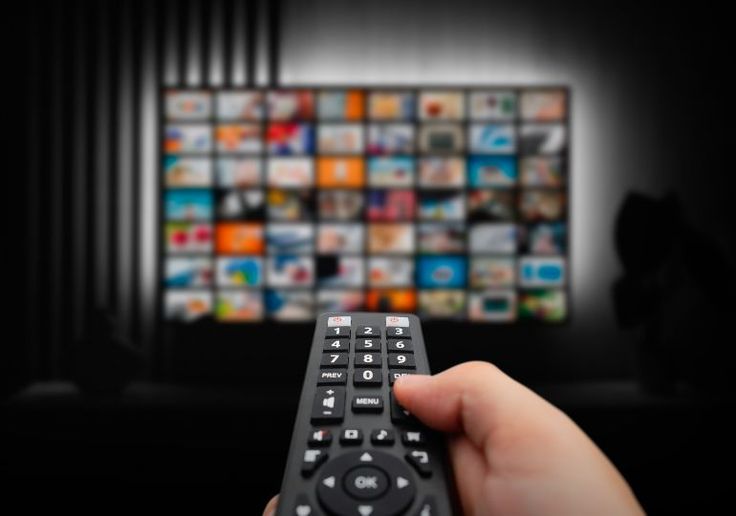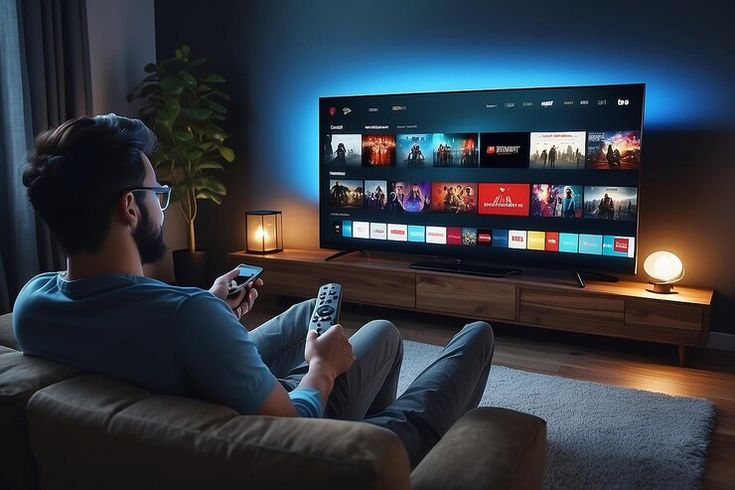A "micro universe" is quietly changing with the remote control
Have you ever thought that the moment you press the remote control and switch TV channels, it's not just the picture on the screen that changes? I'm not talking about the TV program itself, but a silent revolution about signal transmission hidden behind the remote control and TV. The protagonist of this revolution is a kind of "super beam" that we can't see with the naked eye, but it is ubiquitous, the infrared ray.

For a long time, infrared remote control has been the standard configuration in our life. You just need to point the remote control at the TV, press the button, and the TV will receive an infrared pulse signal, and then make corresponding actions. This process is simple and direct, but there are some obvious limitations: you must aim and there must be no obstacles. It's like playing an accurate shooting game. If you deviate a little, the signal will fail.
But today, a more advanced and powerful wireless technology is quietly replacing it, the radio frequency (RF) technology. When you have a remote control without infrared rays in your hand, but you can control the smart lights at home through the wall, or when you hide the remote control in the quilt and the TV can still receive the signal, this is behind the radio frequency technology. It doesn't need to travel in a straight line like infrared rays, but it can penetrate obstacles to realize longer-distance and more reliable control.

This seemingly minor technological upgrade is profoundly changing our way of life. It makes the connection between home devices more seamless and natural. You no longer need to twist your body to find the "best angle" of the remote control, and you no longer need to worry about being blocked by the sofa and coffee table. It makes the remote control more like an "intelligent hub", which can control more devices in the home, such as curtains, stereos and even air purifiers.
But the story goes far beyond that. When these devices began to connect with each other through radio frequency technology, a "micro universe" consisting of sensors, controllers and actuators was born. These devices are no longer isolated individuals, but intelligent networks that can communicate and work together. For example, when you turn on the TV, the remote control can automatically inform the smart lights to dim the brightness, making your viewing experience more immersive. When you turn off the TV, the remote control can turn off the stereo at the same time and even close the curtains, creating a quiet and comfortable rest environment for you.
This seamless connection is laying the foundation for the future smart home. It makes your home no longer a bunch of independent appliances, but an organic whole, a "smart space" that can understand you and serve you. Of course, this is just the beginning. In the future, we may see more new devices based on RF technology, such as sensors that can monitor the air quality at home or intelligent thermostats that can automatically adjust the indoor temperature.

The next time you press the remote control, think about it. What you have done is more than just switching a channel. You are interacting with an invisible "micro-universe", and this universe is quietly changing your life in a way we never imagined.
(Writer:Lily)





